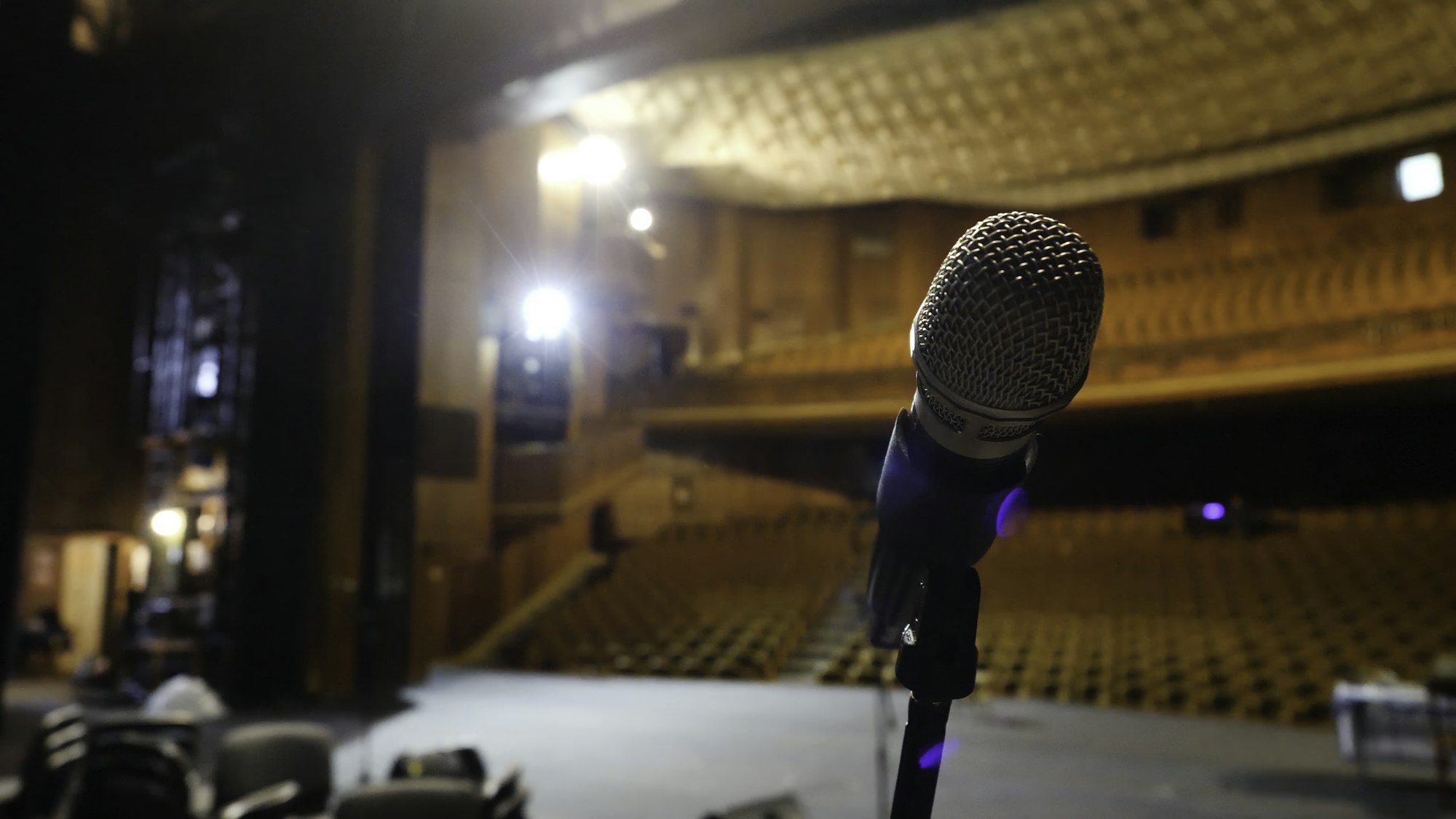Part Five: Kinesthetic & Spatial Memorization Techniques
BY MEGHAN VANCE • April 1, 2024
Kinesthetic and spatial learning styles, like auditory and verbal styles, are used by many musicians unconsciously. In fact, sheetmusicplus.com states that “Some musicians feel that breaking down a piece into sections or trying various techniques is a waste of time. They believe that the best way to memorize music is to play it over and over from beginning to end.” Let’s be clear: there’s no substitute for practice. To learn and memorize a piece well, you’ll need to play your whole song from beginning to end. Repeatedly. But even if that’s all you do, you’re using visual, auditory, and especially kinesthetic memorization techniques. So why not make those techniques the most efficient tools they can be?
The words kinesthetic, spatial, rote, and muscle memory have all been used so casually and indefinitely – even, at times, interchangeably – that it’s best we begin with a definition of terms. Kinesthetic means movement. Spatial means space between objects. Rote means repetition. Muscle memory refers to our muscles getting used to moving in a particular way, and in a particular sequence. For musicians, all of these are closely linked.

KINESTHETIC MEMORIZATION TECHNIQUES
By playing a song or section repeatedly, you’ll develop muscle memory. If you use a metronome and count carefully, both the movements and the timing of the movements will become second nature for your muscles. As you practice chunking, Rick Wormeli, in his article for AMLE, recommends memorizing “the last word of the first segment and the first word of the second segment, so the tongue flows from one into the other naturally.” Non-vocalists can use this technique of overlapping sections also: this helps develop muscle memory so that it doesn’t come to a complete stop at the end of each section.
Kinesthetic memory techniques don’t only apply to developing muscle memory you’ll use when you perform. Iris Reading states that “You can also use gestures as a memory aid.” Try raising your hand every time you’re supposed to breathe during your song. Raise your foot every time you switch registers, positions, or octaves. If your song is meant to accompany a movement, such as a march or waltz, try marching or waltzing while you play. Turn around every time you play a G chord. Experiment to determine which kinesthetic techniques help you play more consciously.

SPATIAL MEMORIZATION TECHNIQUES
Wormeli encourages students to practice memorizing in the same space they’ll have to perform, and states, “Context has great impact on memorization.” If you’re fortunate, you’ll be able to have a dress rehearsal in your concert hall. If not, however, try to visit the hall before you practice, so that you can practice visualizing yourself in that space. Think about how far you’ll need to walk on the stage, how far you’ll be from microphones, how far you’ll be from other performers, and how far you’ll be from the audience.
Regardless of whether you can visualize your practice space, you can use spatial memorization techniques as you practice. Now that you’ve focused on the kinesthetic techniques (moving), think about how to move. How far do you have to move: in inches, frets, or keys? What shape was your hand making before you moved, and what shape does it make after you move? If you have to move both hands, are they moving in the same direction, towards each other, or apart from each other? Practice playing by memory: look at the music, but try to visualize your hands on the instruments.
If you use kinesthetic and spatial memory techniques consciously, you’ll strengthen what muscle memory you develop while repeatedly playing your song. As you do so, you’ll also likely improve your overall skills: you’ll notice bad position habits to fix, and discover more efficient ways of using your body to produce the sound quality you desire. In next week’s article, we’ll look at the last of the learning styles: visual, reading and writing, and imaginative learning styles, and how they can improve your memorization skills.

